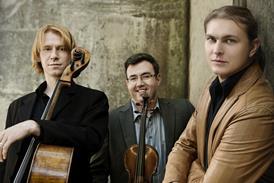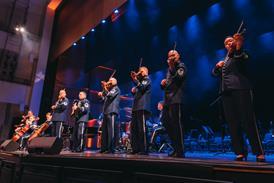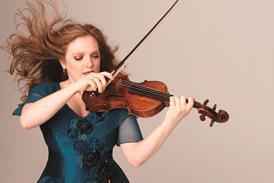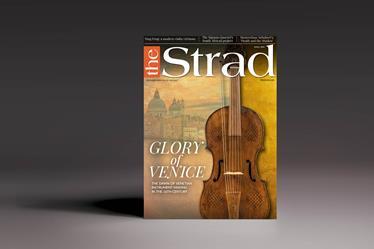- News
- For Subscribers
- Student Hub
- Playing Hub
- Podcast
- Lutherie
- Magazine
- Magazine archive
- Whether you're a player, maker, teacher or enthusiast, you'll find ideas and inspiration from leading artists, teachers and luthiers in our archive which features every issue published since January 2010 - available exclusively to subscribers. View the archive.
- Jobs
- Shop
- Directory
- Contact us
- Subscribe
- Competitions
- Reviews
- Debate
- Artists
- Accessories
Masterclass: Philippe Graffin on Ravel’s Violin Sonata no.2

The French violinist explores how to create an orchestra of abstract colours and characters in the first movement of Ravel’s last chamber work
Although Ravel wrote this Sonata for his great friend and unrequited love, the French violinist Hélène Jourdan-Morhange, it was Enescu who gave its premiere. As a child, Yehudi Menuhin studied with Enescu in Paris, and he once told me that Ravel turned up unannounced to one of his lessons, to ask Enescu to play this new Violin Sonata to his publisher. Enescu sightread through it in front of Menuhin, then closed the music and played the whole piece again by heart!
I find it fascinating how Ravel uses the relationship between the violin and the piano in this work. It’s very modern for its time, far from the idea of the Franck Sonata, where the piano accompanies as the violin sails through.
…
Ravel was dubious about the compatibility of the violin and the piano, but he did wonders in matching them here. The piano part itself is, I think, based on material originally intended for piano and orchestra. Its sonorities in the opening section are so imaginative that it is as though it becomes an orchestra.
The violin also has different roles: before figure 1 it could be a string section; after figure 1 it is suddenly a harp providing colour and context to the piano. For this you can bow closer to the fingerboard and use the resonance of the open strings. In bar 36 it is a muted trumpet, with each accent emphasised just slightly to give a sense of provocation and interruption – as though …
Already subscribed? Please sign in
Subscribe to continue reading…
We’re delighted that you are enjoying our website. For a limited period, you can try an online subscription to The Strad completely free of charge.
* Issues and supplements are available as both print and digital editions. Online subscribers will only receive access to the digital versions.




























